Tag: BP Analysis
-
Confirmation votes for SCOTUS justices appointed since 1967
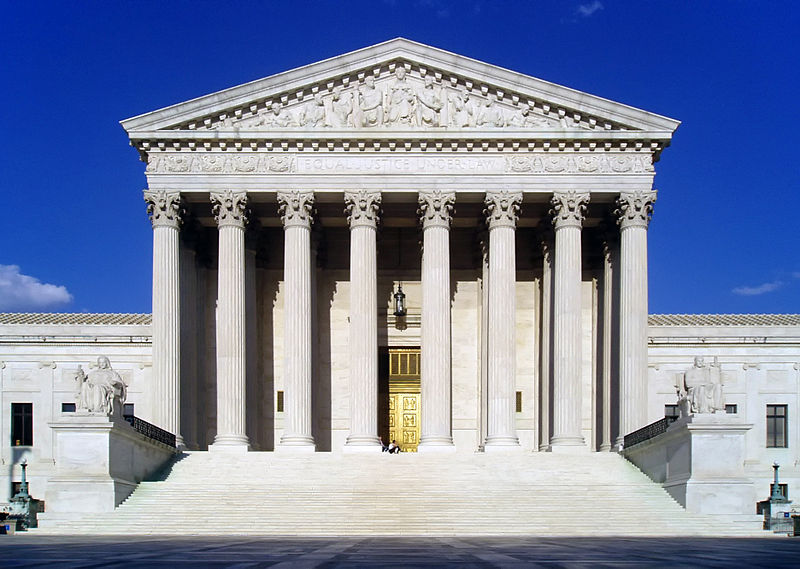
President Joe Biden (D) said that he will name his nominee to replace Justice Stephen Breyer on the United States Supreme Court by the end of February. Whoever the nominee is, they are set to be the first to require confirmation from a United States Senate divided 50-50. Since 1967, when the U.S. Senate held…
-
171 state legislative vacancies occurred in 2021

There were 171 state legislative vacancies across 43 states in 2021, according to a Ballotpedia analysis. As of Jan. 6, 2022, 129 of those vacancies have been filled. One hundred and twenty-four (124) vacancies occurred in state Houses and 47 occurred in state Senates. Ninety (90) of the vacant seats were originally held by Democrats…
-
Average margin of victory in state legislative general elections in 2021 was 23.6 percent
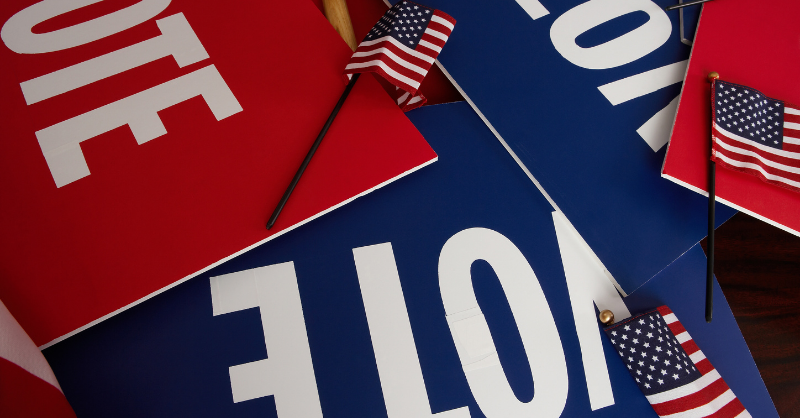
Three of the nation’s 99 state legislative chambers held regularly-scheduled elections for 220 seats on Nov. 2, 2021. In races where more than one candidate ran in the election, the average margin of victory was 23.6%. The margin of victory is the difference between the share of votes cast for the winning candidate and the…
-
Ballotpedia’s year-end analysis of statewide ballot measures
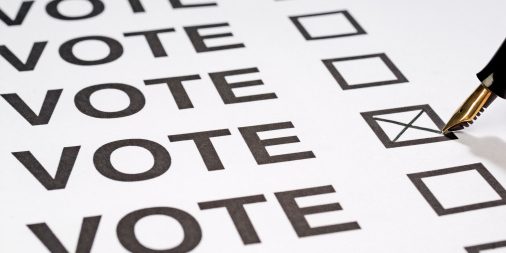
On Dec. 17, Ballotpedia published its year-end analysis of the 39 statewide ballot measures voters decided in 2021. Voters in nine states approved 26 measures and defeated 13 on four different election dates. The year-end analysis drills down into the types and origins of the measures, the outcomes, campaign finance and signature-gathering costs, and ballot…
-
86% of incumbents were successful in their Nov. bid for re-election

In the 2021 general election, an average of 85.54% of incumbents nationwide won their re-election bids. The number drops to 82.35% when including incumbents that withdrew or were disqualified. In 2020, 93% of incumbents won their elections. In 2019, that number was 90%, and it was 92% in 2018. Minnesota incumbents were the least successful…
-
Six of 11 wave elections in the U.S. House took place during a president’s first midterm election

The term wave election is frequently used to describe an election cycle in which one party makes significant electoral gains. With the 2022 Congressional elections approaching, the question of what qualifies as a wave election is once again gaining significance. In a 2018 study, we examined the results of the 50 election cycles that occurred…
-
Major party campaign committees raise $63 million in October

Six party committees have raised a combined $662 million over the first ten months of the 2022 election cycle. In October, the committees raised $63 million, according to recent filings with the Federal Election Commission. The Republican National Committee (RNC) raised and spent more than the Democratic National Committee (DNC) in October. The RNC raised…
-
October 2021 breakdown of state legislative party membership: 54.11% Republicans, 44.71% Democrats
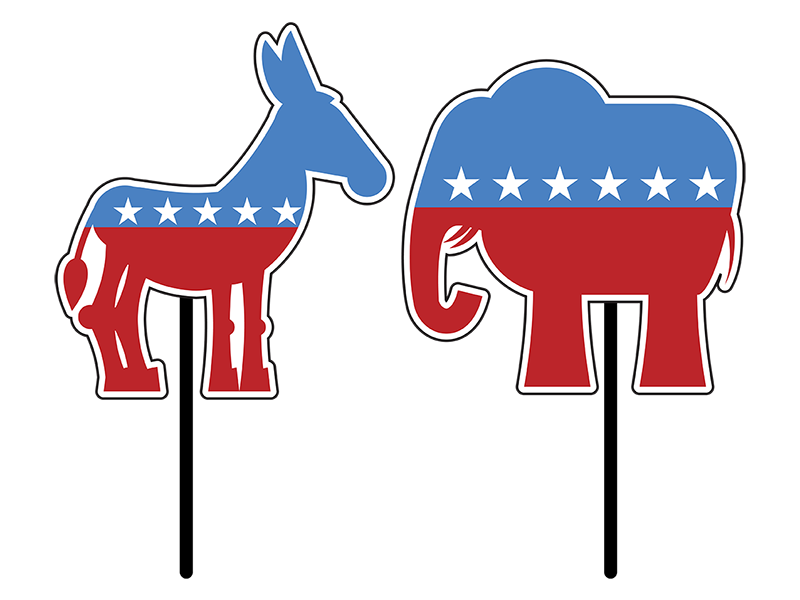
54.11% of all state legislators are Republicans and 44.71% are Democrats, according to Ballotpedia’s October partisan count of the 7,383 state legislators. Ballotpedia tallies the partisan balance of state legislatures at the end of every month. This refers to which political party holds the majority of seats in each chamber. Republicans control 61 chambers, while Democrats…
-
How Clallam County’s cities vote in presidential elections
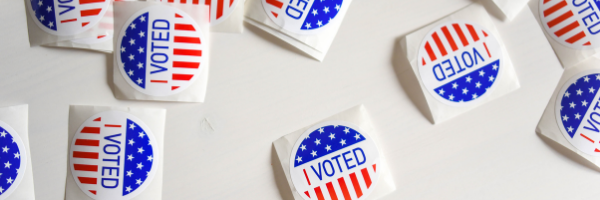
There is one county in America that has, since 1980, voted for the winning presidential candidate—Clallam County, Wa. The county’s 40-year record of voting for Republican and Democratic candidates reflects its political diversity. In Clallam County, elections, especially federal and state elections, tend to be closely decided. In 2020 and 2016, for example, Joe Biden…
-
Major party competition reaches a decade-high in the 2021 state legislative elections

The percentage of state legislative seats being contested by both major parties in 2021 is higher than at any point in the past decade, according to a Ballotpedia analysis of candidate filings. Of the 220 seats up for election in New Jersey and Virginia, 93% are set to feature a Democrat versus a Republican on…

